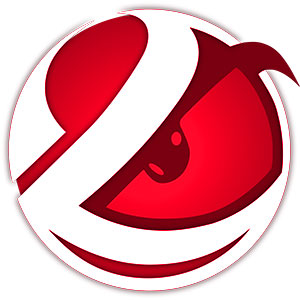In an exciting development within the tech industry, Google appears to be readying a new initiative known as Project Jarvis, which leverages its advanced Gemini technology to enhance user experience on the web. As reported by The Information, this innovative tool is set to be introduced to the public as early as December. Project Jarvis aims to streamline processes such as conducting research, making purchases, and booking travel, thus bolstering functionality in our everyday online tasks.
What sets Jarvis apart is its unique operating method; the application interprets visual data found on web pages. It does this by taking screenshots, followed by smart interaction—clicking buttons or inputting text as required. Currently designed to operate solely within the Chrome web browser, this tool reflects Google’s growing commitment to deepening user interaction with its platform. While the concept of an AI-driven assistant is not entirely new, the capacity for an application to automate rudimentary web tasks signifies a considerable shift in how we may engage with technology day-to-day.
Google is not alone in this push for intelligent automation. Tech giants like Microsoft, Apple, and OpenAI are actively pursuing similar avenues. Microsoft’s Copilot Vision, for instance, allows users to engage in dialogue about the web pages they visit, fostering a more cohesive experience. Meanwhile, Apple is anticipated to roll out features utilizing AI that understands the content on users’ screens, thereby enhancing productivity across various applications. Notably, OpenAI is reportedly developing its own interface with functionalities akin to Jarvis. This zealous competition underscores an industry-wide recognition that automating routine online behavior is an investment in future user interactions.
Despite the enthusiasm surrounding these developments, there are potential hurdles that lie ahead for Google and other companies. Issues such as the accuracy of interpretation, speed of operation (with reports indicating that Jarvis takes “a few seconds” between actions), and user trust are critical factors that must be navigated. Current evaluations indicate that Project Jarvis may still wrestle with the common pitfalls associated with emerging AI technologies, such as errors and cumbersome navigation.
As the launch of Jarvis approaches, reports suggest that the company may conduct a limited release to a few select users in order to refine the tool and troubleshoot any existing bugs. Such a move could be pivotal, allowing Google to adapt Project Jarvis before a broader roll-out. Ultimately, this venture marks a significant moment in the ongoing transformation of how we interact with the internet. Should Project Jarvis realize its potential, it may redefine user engagement through the lens of automated web experiences, paving the way for the next generation of digital productivity tools.
Google’s Project Jarvis encapsulates a compelling vision for the future of online interaction, one in which everyday tasks are executed seamlessly, and users can enjoy a more efficient online presence. The coming months will be telling as we await its debut and observe how it occupies a space burgeoning with competing technologies.


Leave a Reply